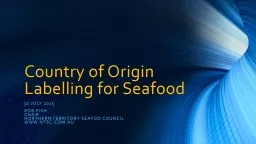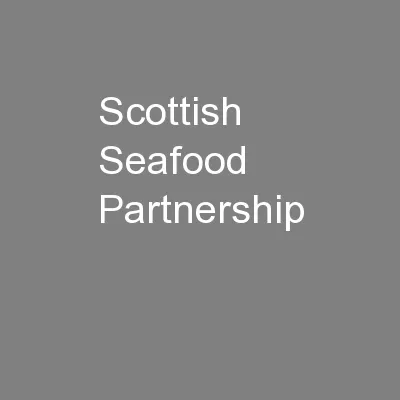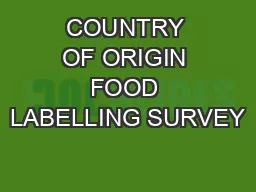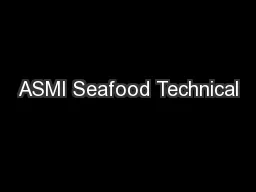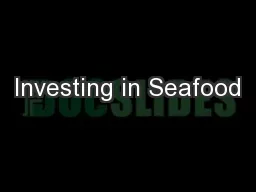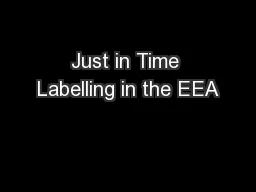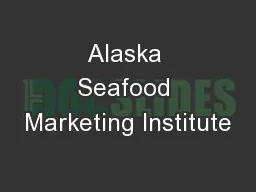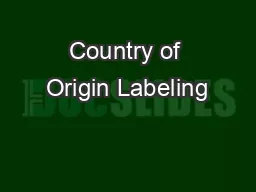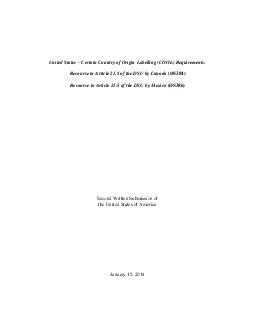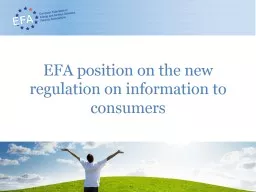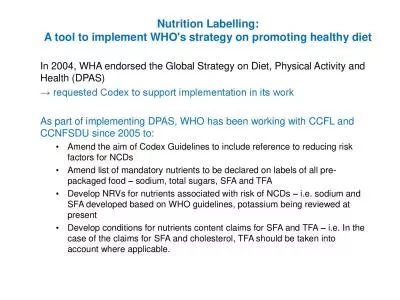PPT-Country of Origin Labelling for Seafood
Author : yoshiko-marsland | Published Date : 2016-07-09
31 July 2015 Rob Fish Chair Northern Territory seafod council wwwntsccomau Background 2006 Country of origin labelling introduced for seafood through Food Standards
Presentation Embed Code
Download Presentation
Download Presentation The PPT/PDF document "Country of Origin Labelling for Seafood" is the property of its rightful owner. Permission is granted to download and print the materials on this website for personal, non-commercial use only, and to display it on your personal computer provided you do not modify the materials and that you retain all copyright notices contained in the materials. By downloading content from our website, you accept the terms of this agreement.
Country of Origin Labelling for Seafood: Transcript
Download Rules Of Document
"Country of Origin Labelling for Seafood"The content belongs to its owner. You may download and print it for personal use, without modification, and keep all copyright notices. By downloading, you agree to these terms.
Related Documents

